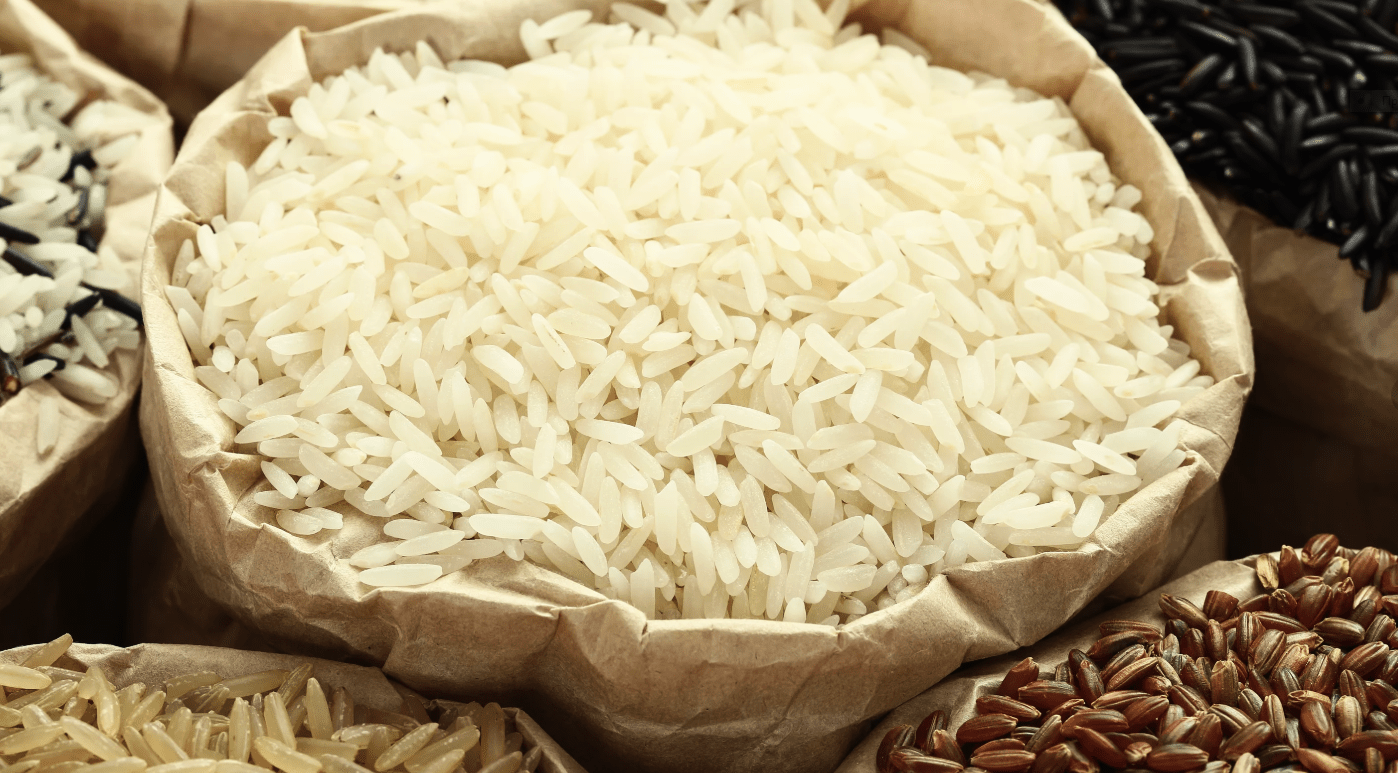Tags
India’s rice export ban: opportunities for Pakistan

The world’s top rice exporter, India, banned the export of non-basmati white rice to control their rising domestic food costs and guarantee the availability of enough domestic supplies at reasonable pricing.
This restriction might have an enormous influence on the world’s rice markets, affecting billions of people worldwide, and can exert particularly negative impact on several African and Asian nations, especially those 42 countries dependent on India for more than 50 percent of their rice requirements.
In case of temporary ban, the impact on the world market is limited. But if it stays a little longer then it could have serious implication on global rice prices and thus can create food security issues in rice importing countries.
It is widely expected that this ban may last longer for a number of reasons i.e. retail rice prices in India increased by almost 3% in a month and by 12% over the previous year, in addition to India’s higher-than-expected pace of food inflation. Ban will exist until prices fall back to normal.
Secondly, heavy monsoon rains caused significant damage to the crops, which will affect the rice supply and availability in the current season. In fact this is a precautionary embargo, despite the fact that they have almost tripled their strategic reserves.
Thirdly, the indigenous priorities connected to the upcoming general elections in April 2024 are compelling enough that there will be a very low probability of lifting this export ban in the near future.
India is the largest exporter of Rice in the world, with 22 million tons of rice export in the years 2022–23. It almost covers 40 percent of global rice exports. Implications of this export ban are going to influence billions of people.
Although this ban will impact the export of 10 MT, almost half of the total export quantity of parboiled rice. However, global prices are already hovering at their highest level in past 11 years. This ban is creating pressure on the other rice suppliers and also on rice inventories, so the magnitude of the ban is also dependent on how other rice exporters are going to react.
In the crisis of 2007, India was not the key player and had little control over the rice export market, but other top exporters like Vietnam, Thailand, and Pakistan followed the ban, and their combined effect was shaking 70% of the rice market directly.
Now the situation is entirely different because India alone holds 40% of the export market share. Hence, the impact of ban is expected to be enormous. If other countries follow India’s export ban, like Vietnam, Thailand, and Pakistan, then disruption to the global markets is expected with far greater velocity than the war between Russia and Ukraine did in the wheat market.
Rice, one of the most popular cereals in world, is a staple food for more than 3 billion people. It also contributes largely to caloric intake in many nations, particularly in South and Southeast Asia and several African nations.
According to FAO, rice consumption in Asia’s top consuming nations such as Bangladesh, Bhutan, Cambodia, Indonesia, Myanmar, Nepal, Thailand, the Philippines, and Sri Lanka ranges from 40% to 67% of their daily caloric intake.
It’s crucial to note that many of these nations, including Bangladesh, Bhutan, China, Sri Lanka, and Nepal, import a large amount of their rice from India. Likewise, a large portion of the rice eaten outside of Asia is imported from India. The devaluation of currencies has led to increased import costs for numerous countries, while high inflation has elevated borrowing costs.
Buyers may move to Thailand and Vietnam, but the costs are too high, and this ban has already raised the international prices. Hence, it could compel China and the Philippines to pay substantially higher prices as they are major buyers of Vietnamese and Thai rice. On the other side, this ban is creating a lucrative outlook for Pakistan’s rice in view of the fact that it is cheaper compared to Vietnamese and Thai rice.
Pakistan is the fourth-largest rice exporter in the world after India, Vietnam, and Thailand. Despite heavy flooding last year, Pakistan exported 3.8 MT of rice, which generated an income of USD 2.2 billion.
The export of non-basmati varieties touched 3.1 MT, fetching USD 1.5 billion. The Indian government’s recent ban on the export of non-basmati rice can lead to a significant surge in demand for Pakistani rice in the global market. Prior to the ban, Pakistani non-basmati rice was priced at $450/ton, but market conditions have quickly elevated it to $500/ton.
There are high expectations that these prices will rise further, eventually creating a lucrative opportunity for Pakistani rice exporters. But the question is how much we are capable of exploiting this situation in the international market.
Pakistan has captured almost 8 percent of world export market and is trying to broaden its rice export market to Russia and Mexico. Currently, 27 companies from Russia are interested in buying non-basmati rice from Pakistan. This potential collaboration could augment Pakistan’s rice export volumes to new destinations.
Incessantly mounting prices in the international market have raised export margins for Pakistani exporters. Favorable weather conditions indicate better production this year, which makes it very likely to increase export volume by 5 MT that could generate an income of USD 3 to 4 billion.
In order to turn present situation into a permanent advantage, some serious steps are necessary to increase average rice yield. Promoting use of combine harvesters to reduce losses during the harvesting process, supporting acquaintance with better and modern drying methods in the fields to improve quality of rice and its by-products, a gradual shift towards mechanical transplantation to make it competitive in the international market will definitely lead to higher productivity which will ultimately fetch more exports and foreign exchange for Pakistan.
(The writers are respectively, Research Fellow and Chief of Research at Pakistan Institute of Developments Economics)
Copyright Business Recorder, 2023
https://www.brecorder.com/news/40259293Published Date: August 23, 2023







